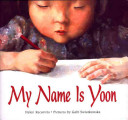
Disliking her name as written in English, Korean-born Yoon, or “shining wisdom,” refers to herself as “cat,” “bird,” and “cupcake,” as a way to feel more comfortable in her new school and new country. (Ezra Jack Keats New Illustrator Award, 2004)
Materials from Asia

Disliking her name as written in English, Korean-born Yoon, or “shining wisdom,” refers to herself as “cat,” “bird,” and “cupcake,” as a way to feel more comfortable in her new school and new country. (Ezra Jack Keats New Illustrator Award, 2004)
When Noot is finally allowed to paint umbrellas like the other women and girls in her village, she secretly hopes that she might be chosen as this year’s Umbrella Queen. Carefully, she creates serene flowers and butterflies- exactly as she has seen her mother and grandmother do for years.
But soon her imagination takes over, and Noot finds herself straying from the old patterns to the dismay of her family, who depend on the traditionally painted umbrellas for their livelihood.
Her parents tell her she must go back to the old designs and Noot obeys, knowing that the King is coming soon to name the one who has painted the most beautiful umbrella. After all, the King would never choose a queen who breaks from tradition…would he?
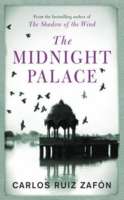
In the heart of Calcutta lurks a dark mystery. Set in Calcutta in the 1930s, the book begins on a dark night when an English lieutenant fights to save newborn twins Ben and Sheere from an unthinkable threat. Despite monsoon-force rains and terrible danger lurking around every street corner, the young lieutenant manages to get them to safety, but not without losing his own life. Years later, on the eve of Ben and Sheere’s sixteenth birthday, the mysterious threat reenters their lives. This time, it may be impossible to escape. With the help of their brave friends, the twins will have to take a stand against the terror that watches them in the shadows of the night and face the most frightening creature in the history of the City of Palaces.
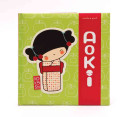
Meet Aoki! She may be the smallest Kokeshi, but Aoki’s infectious enthusiasm can make anyone laugh. On her whirlwind trip to Tokyo, she will ride a high-speed train, dance under cherry blossom trees, and visit a zen garden. With sneak-peek flaps, fun die-cuts, and lavish gatefolds, this interactive exploration will enchant Kokeshi fans of all sizes!
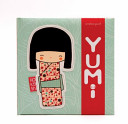
Meet Yumi! Clever and ready for adventure, Yumi can’t wait to play with her friends at Kimi’s costume party, and you can help her get ready! Complete with peekaboo flaps, charming die-cuts, and extravagant gatefolds, discovering a whole new world has never been so much fun.
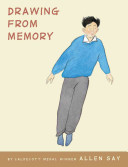
Caldecott Medalist Allen Say presents a graphic novel chronicling his journey as an artist during WWII, when he apprenticed under Noro Shinpei, Japan’s premier cartoonist. Shunned by his father, who didn’t understand his son’s artistic leanings, Allen was embraced by Noro Shinpei, Japan’s leading cartoonist and the man he came to love as his “spiritual father.” As WWII raged, Allen was further inspired to consider questions of his own heritage and the motivations of those around him. He worked hard in rigorous drawing classes, studied, trained–and ultimately came to understand who he really is. Part memoir, part graphic novel, part narrative history, this book presents a complex look at the real-life relationship between a mentor and his student. With watercolor paintings, original cartoons, vintage photographs, and maps.
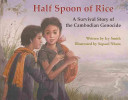
Nine-year-old Nat and his family are forced from their home on April 17, 1975, marched for many days, separated from each other, and forced to work in the rice fields, where Nat concentrates on survival. Includes historical notes and photographs.
See the review at WOW Review, Volume 4, Issue 2

This book focuses on the discoveries and inventions of the ancient Chinese civilization in the areas of transportation, agriculture, architecture, science, and technology.
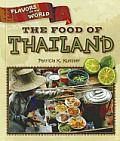
This book offers students an introduction to the rich and diverse foods found around the world.

This book offers students an introduction to the rich and diverse foods found around the world.